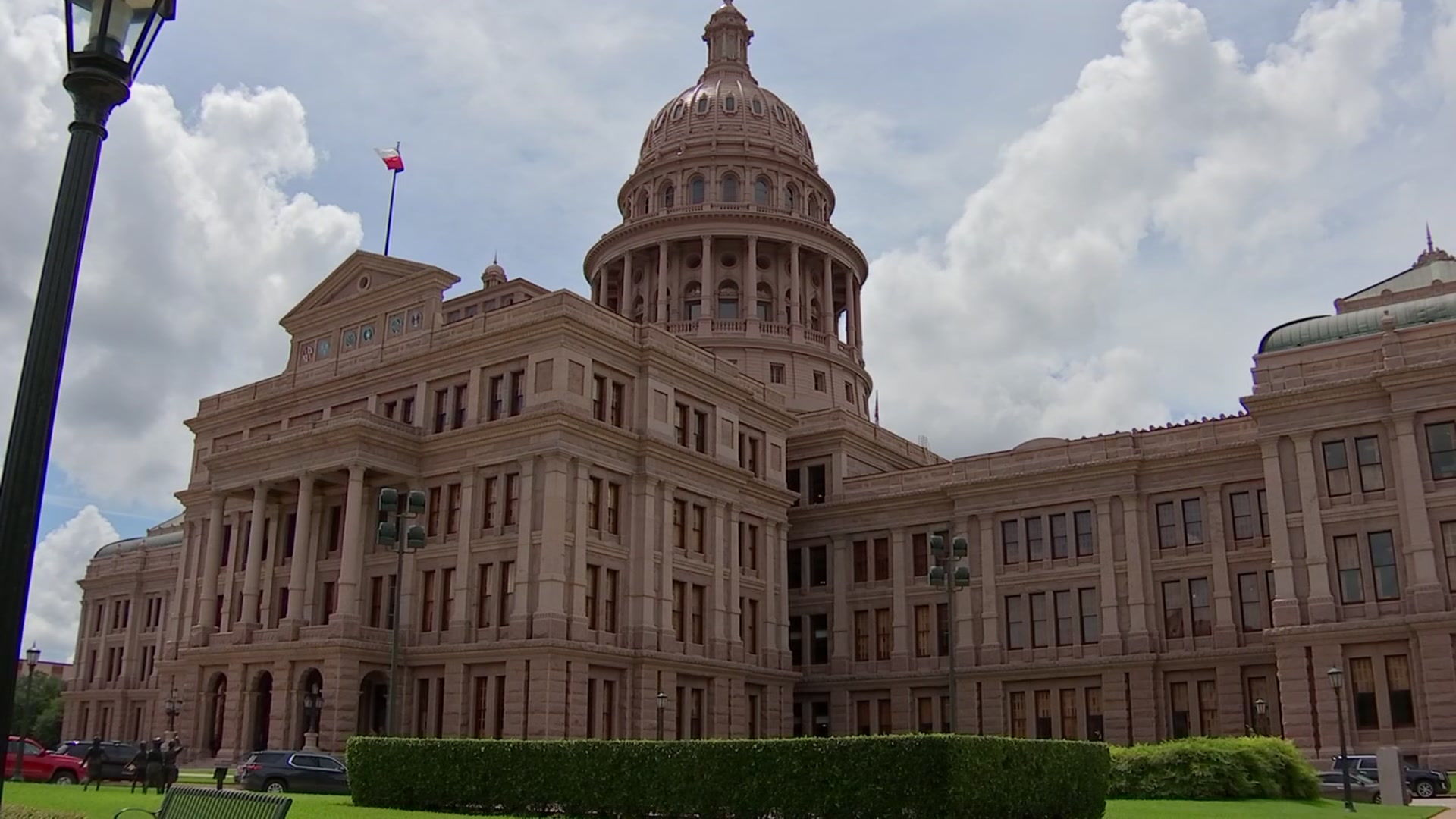
A construction firm promoted by President Donald Trump to build his signature border wall violated American treaty obligations with a private border fence next to the river separating Texas and Mexico, a U.S. agency has found.
The International Boundary and Water Commission found that Fisher Industries’ 3-mile fence of steel posts just 35 feet from the Rio Grande could worsen flooding and called on the company to make changes to the project. The IBWC released a copy of its letter to Fisher Industries on Wednesday.
Built on private land in South Texas’ Rio Grande Valley, the project was originally promoted as an online fundraiser started by Trump supporters, We Build the Wall, that raised over $20 million.
It instead became a showcase for the North Dakota-based Fisher Industries, whose president, Tommy Fisher, has pitched the company on Fox News and other media consumed by the president and his backers. U.S. Sen. Kevin Cramer, a North Dakota Republican, has also spoken to Trump about Fisher Industries, the president said on Fox News last year.
Fisher Industries won a $400 million contract in December to build a section of government border wall in Arizona. The Pentagon’s internal watchdog later said it would investigate the awarding of the contract.
Fisher Industries built the fence in January after a federal judge lifted a restraining order originally sought by the nonprofit National Butterfly Center. The fence is far closer to the riverbank than government border walls in the region, some of which are a mile or more away from the water. That’s because the U.S. and Mexico have agreed to share water and electricity generated by the Rio Grande. Significant construction in the floodplain could change the flow of water and potentially damage communities on either side.
In its letter, the commission drew some of the same conclusions as opponents of the project, saying that installing posts so close to the river could catch debris and deflect water flow in a way that would worsen flooding in a storm. At one point in the fence, the commission found a potential deflection twice the acceptable rate.
Texas News
News from around the state of Texas.
The commission did not call on Fisher Industries to take down the fence. Instead, it asked the company to install gates, realign the fence, or consider other ways to mitigate potential flooding.
Tommy Fisher said Wednesday that his team was working with the commission to find “a mutually agreeable solution.” He added that in a major flood, his crews could take down some fence posts to allow the unimpeded flow of water.
Javier Peña, an attorney for the butterfly center, said he doubted work crews could remove fence posts in a storm. The butterfly center still wants the fence taken down, Peña said.
“We don’t know if there’s any kind of remediation that would alleviate that risk,” he said.
Scott Nicol, a South Texas activist who opposes border walls, said he questioned why the commission didn’t ask Fisher Industries to remove the fence.
“If the Rio Grande sees significant flooding, this wall will be uprooted, its bollards slammed into homes, businesses, and the dam downstream,” Nicol said.



